MY GRANDPARENTS; A PERSONAL TRIBUTE By Kenneth Murray.
“My grandfather, Wilbert Herbert Wilson was one of those men who commanded a quiet respect- not because of any great achievement but because he led by example. This respect came easily to us, his grandchildren, and to all who knew him. He was a Draperstown man whose father was Royal Irish Constabulary Sgt. William John Wilson and whose mother was Margaret Sargent, a dressmaker from Draperstown.
While still little more than a boy he left Draperstown with his uncle, Henry Sargent, his mother’s younger brother, to seek work in Canada arriving in Manitoba. Unfortunately, young Henry was shot by accident while out hunting a short time after their arrival and sadly did not return to Draperstown. My Grandfather came back to Ireland in 1916 still a young man. He tried to enlist in the army but his application was rejected for medical reasons. His twin brother was accepted and saw action with the Canadian Expeditionary Force. (Like his brother, Gordon was a railwayman too).
On his return, my grandfather obtained work as a railway clerk and married my grandmother, Mary Lynn, in 1918 at Magherafelt when they both were twenty-six. My grandmother was a dressmaker from Tobermore, the daughter of John Lynn a shoemaker, and Margaret Gilmore. Her sister, Margaret, also worked as a dressmaker.
My Grandfather became the Station Master at Killagan Station, midway between Ballymena and Ballymoney, before being transferred to Maghera in 1928 where the family took up residence in the Station House. The family had a maid called Lily who came with them from Killagan and who met and married Joe O’Hagan- later settling in Crawfordsburn close to my grandparents’ house.
My grandfather attended the Parish Church where he was in the choir along with my mother. He was a fine singer with the ‘Lake Isle of Innisfree’ being a particular favourite. He was also a member of the Masonic Lodge. As Stationmaster in Maghera my grandfather had a considerable amount of bookwork to contend with but was ably assisted by my mother in this capacity if assistance was required. As there was a considerable amount of ground around the stationhouse at this time, even a small field, he was able to maintain a small farm after his career had come to an end. My grandparents stayed at Station House until they moved to Crawfordsburn in 1953.
As a small boy I can recall my grandfather taking me around the Coleraine Road to see the Maghera Reds playing football. We walked along the laneway with the players towards the pitch in there red shirts and white shorts. The Dallas boys, two brothers, were playing at this time. The simple game was much enjoyed by those of us standing at the touchline. He later took my brother and myself to watch Coleraine playing at the Showgrounds. He also took my brother to see Northern Ireland playing at Windsor Park and when I was old enough he took us both. He loved the game and I can remember going down the town on a Saturday evening to wait around in O’Donnell’s shop in Hall Street to get him a copy of the ‘Ireland’s Saturday Night’. The ISN was an important source of information for the ordinary football fan until it ceased publication. Behind the counter ’The Rose of Maghera’ Mary Jane Glass and her assistant were waiting patiently with the rest of us for the precious bundle to arrive. The Derry bus, itself seemed reluctant to stop so increasing the tension and adding a sense of urgency to the occasion lest it should trundle on past without making the important delivery. After the ensuing scramble we each departed to our various abodes with our precious copy of the ‘Pink’ to be read at the earliest opportunity.
My grandfather was a keen angler, and so it was as I grew up I became one too. His quarry was the native wild brown trout and he would have considered the quest for a salmon as pot luck, devoid of the necessary skill involved to catch a decent trout. As a small boy I remember him coming through the door at night returning from the river and dumping his catch on the worktop. He would then sit in a wooden chair which was in the corner of the kitchen so that we could remove the large waders he was wearing and if- due to the large number of patches applied- the socks had got damp we knew not to tell our grandmother about this. He had a selection of fishing rods a hand-made creel and a wallet for his flies.
In particular I remember that he took me to fish with him one day when I was little, near Swatragh and I closely followed his progress along the stream- being careful not to scare the trout in the process. In later life he began to travel with good friends Hans Gabathuler, manager of the handkerchief factory in Hall Street, and Willie McKee the breadman from Tamney Crescent to the Glenelly river which he became very fond of.
One day I also fished there with him myself. As he became older his friends would have been watching out for his safety. At last, sadly, the day came when he had to say goodbye to the river. After that I remember Willie kindly bringing a nice catch of trout to the house one evening for us to eat. If I had a catch myself, I arranged them on a plate and presented it to him for his approval as he sat in his favourite armchair reading the paper or doing the crossword.
Although I no longer fish myself I still have his favourite fishing rod in my collection. Ironically, I was fishing with this on 3rd October ’75 for trout, using light tackle, when I hooked and landed an Atlantic salmon weighing 6lb 3ozs at Drumcannon. The Upperlands river was a personal favourite of mine and produced the best trout fishing in the Maghera area at the time.
I sometime made notes about my fishing with regard to what I had caught and where I had caught it. One day I came across some notes my grandfather had made of a similar nature and I realised how alike we were in our approach to our chosen pastime.
After my grandfather retired from the railway, he became secretary of the Northern Ireland Rifle Association which was a continuation of the clerical work he would have been doing when he was Stationmaster. I can recall being at a meeting with him and my brother at a shooting range in the townland of Moneyshare outside Tobermore on the Draperstown road where my brother and I were changing the targets. It was the month of August and it was nice to get a little trip out of the town. There was a bar in one of the buildings where the barman was Norman Clarke who lived in one of the prefabricated houses in Crawfordsburn- commonly referred to as ‘Tintown’. My grandfather was at the centre of the proceedings making sure it all went smoothly. He was assisted by the marshal- Wee Willie Cunningham with his armband.
He smoked without taking the cigarette from his mouth as he surveyed the range and was generous with the brylcreem trying to keep the hair out of the way. Herbie McNicholl who had a drapers shop in Hall Street at the time was also involved in running the Northern Ireland Rifle Association as Hon Treasurer. I thought it was brilliant the way I could come and go to see Norman at the bar for refreshments and sandwiches as often as I liked without the need for payment.
I suppose this was partly because of our work changing targets- though on a summer’s day in Moneyshare with our grandfather and his companions we would not have required any payment. Sunday was a very quiet day in our household. I attended the Presbyterian church Sunday School in the morning with my friend John Kennedy and then we waited around for the main church service at noon. The family had a seat no. 3 in the balcony and the minister was Rev Denis Clark. The Sunday School Superintendent was Bobby Martin and I still have my prizes signed by the Rev Clark and Mr Martin from 1959 onwards. Our teacher was Sue Peden.
My grandfather was with the Church of Ireland. After we got home from church, we had our Sunday dinner which was the best dinner of the week prepared by my mother. We also wore our best clothes referred to as our ‘Sunday Best’. My grandmother insisted that we kept this day special and so there was no housework done or television turned on.
This was the time that my grandfather, my brother and myself set of up the road in our ‘Sunday Best’ for the Sunday walk. As we walked, we met other groups of people we knew, who were also dressed the same, coming in the opposite direction. There was very little traffic and so it was more carefree than it would be today.
From Crawfordsburn a favourite walk was straight up the Pound Road to a small reed-fringed lake we called Killylagh Lough and then back to the estate. Alternatively, by turning left after the first hill on the Pound Road we headed towards Ballyknock Hill having to pass a house where the dogs were not too friendly along the way. As we climbed the hill the farmhouse on the left-hand section of the road had a magnificent flowering currant hedge which, when in bloom produced a marvellous scent. On Ballyknock itself the view was very impressive.
Here was the beautiful glen that the balladist had been singing about. The verdant braes and the lovely plain. The happy vista of my childhood and my own dear corner of Derry. Then after due appreciation of the splendid panorama we set of down the hill with the option of returning home by a different route through the Glen of Tullyheron. At the foot of the hill the tiny Mullagh river was winding its way through the quiet meadows towards the town on its journey to meet the Moyola at Curran.
Here too was a cottage at the bridge by the stream- and the rustic pathway there. So thoroughly invigorated, we made our way towards the Glen Road corner then Crawfordsburn and home. At the junction of the Pound Road and the Wee Calahame Road there was a patch of land covered in whin bushes called Kelly’s Rock. The first house on the Pound Road adjacent to this place was Dan Scoot’s Cottage.
It is amazing, and perhaps thought provoking, that some people at that time were allowed to live in what was little more than a superior garden shed with a half door, if they so wished, and nobody bothered with them or tried to tell them how to live their lives. The walk along Calahame Road past Kelly’s Rock was very rural with perhaps about two houses.
In the first house lived Miss Kathleen Grey who was in charge of the local girl guides. The second house was Graham’s farmhouse which had an apple orchard and this was more or less the end of the road except for a laneway that ran straight ahead to a derelict cottage with a plum orchard. A laneway continued on around past Graham’s house to a small glen type area known as Fairies Castle.
It continued on to a small wilderness before it joined the main road to Swatragh on the other side of the hill outside town. My grandmother was a lovely person who was perfectly content to look after my grandfather to the best of her ability throughout his life and to do the best for her family. Her work as a dressmaker proved useful as she was later able to make the clothes for her children to wear. She was part of a knitting guild in Maghera which helped to knit items for the soldiers at the front line during the war.
The women sometimes placed notes inside the socks for the recipients to read. My grandmother and her sister Margaret, who had her own little bungalow in Crawfordsburn Drive were always ready to knit a really fine sweater for myself or one of the other grandchildren as soon as one was needed. We were asked to pick the wool ourselves with a personal favourite of mine being an off-white wool with a fleck in it. Those sweaters were made to last! When I was little and out playing in Crawfordsburn I often came through the back door of no 36 to be given a buttered slice of plain white loaf sprinkled with sugar and one for my friend also.
My Grandmother was an excellent cook and loved to bake. My brother and I many times received our supper here before going home and my grandmother and her sister would have taken the trouble to prepare sandwiches for us and home-made buns.
My grandmother was also involved in helping to run the clinic in Maghera at the time when national dried milk and other items were being given out. I remember that she kept a supply of these items in the outhouse at home so that if a woman had been unable to get to the clinic for some reason, she could bring her coupons and still collect her requirements from my grandmother.
She did her best to make sure that no one left disappointed. After I had grown up, if I was beset with any particular problem, I was able to discuss the matter with my grandmother. I could also talk with her about life in general at any time. She was an inspiration to us all. My grandparents enjoyed their time at no 36 in the company of their family and, it would have to be said the most decent of neighbours. I learned so much from them during our time together.
How to enjoy life and be thankful for what I had. Not to get too despondent. The appreciation of the beautiful countryside that was all around us. How not to spend money- or at least to spend it wisely. I very much appreciate this opportunity to pay tribute to Herbie and Mary my wonderful grandparents. It was a privilege to have known them

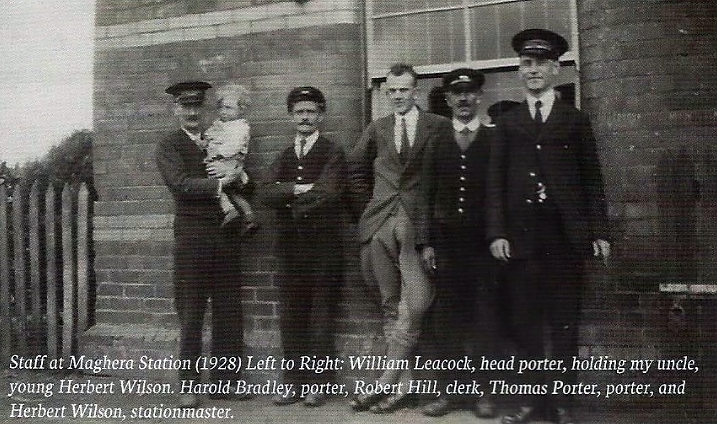

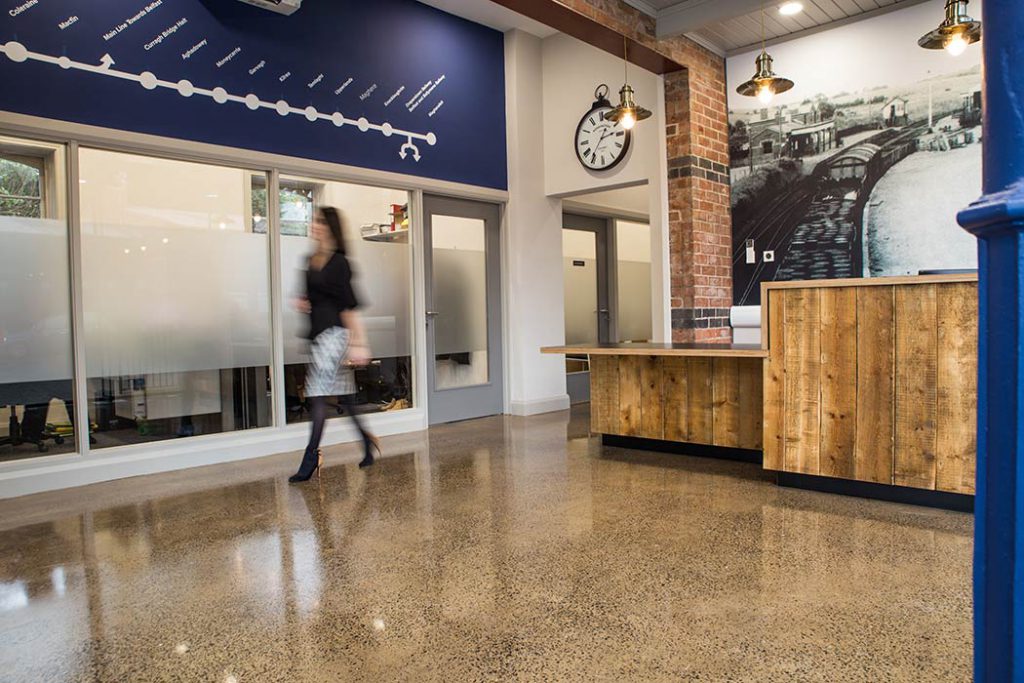
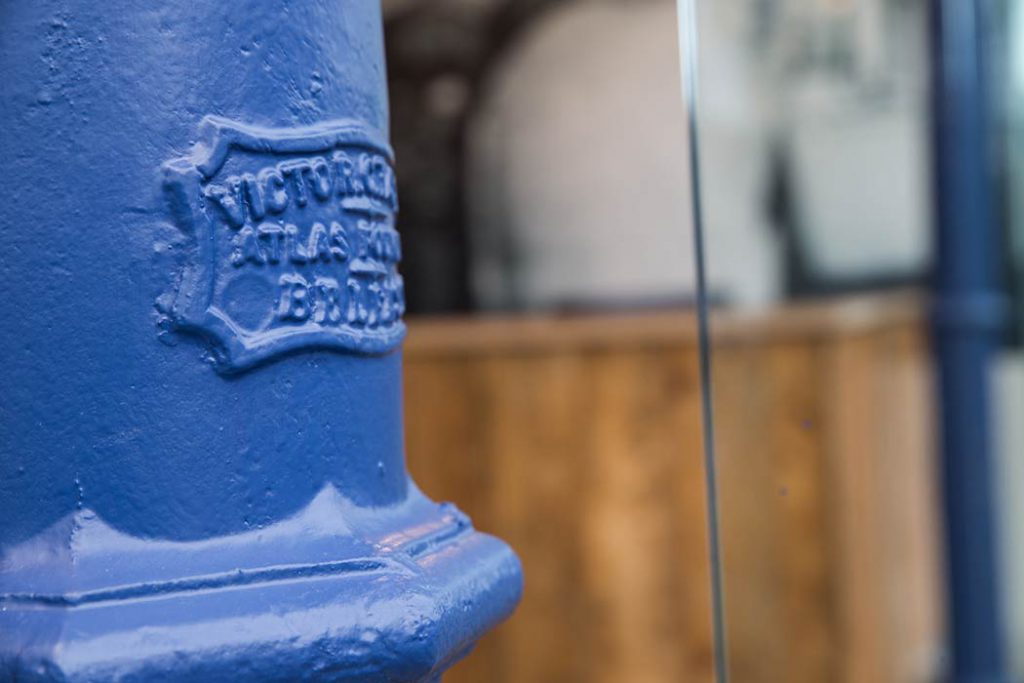
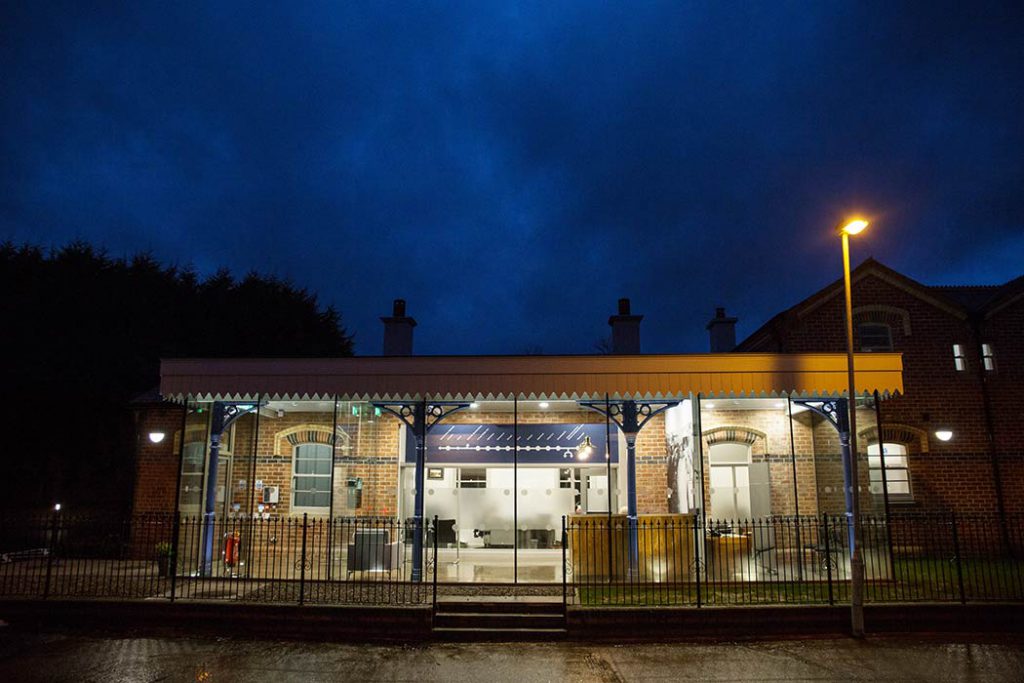
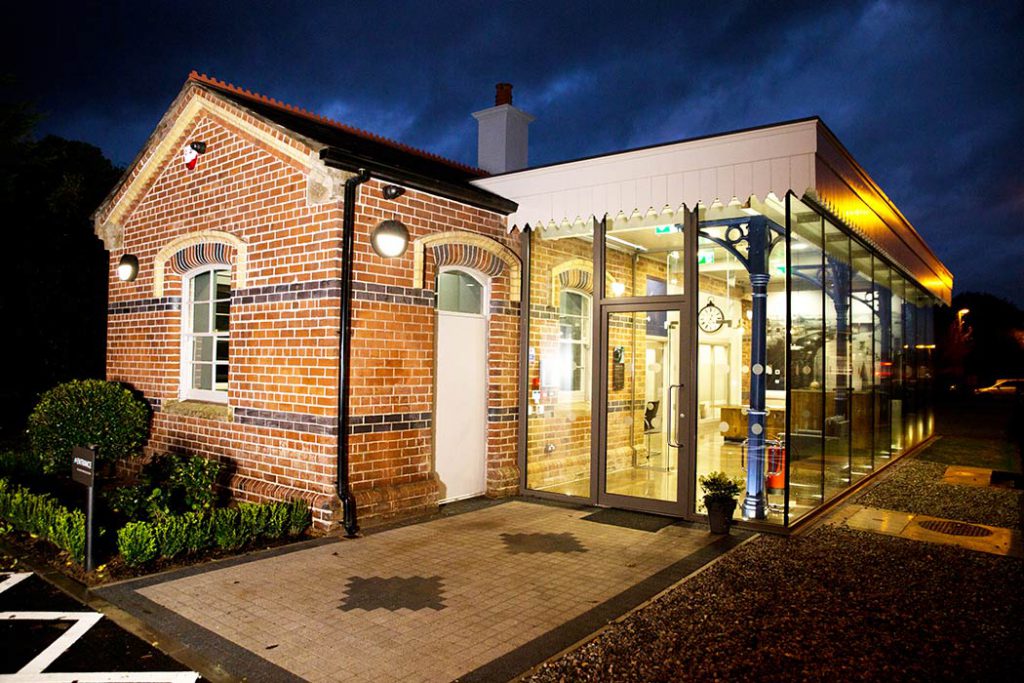
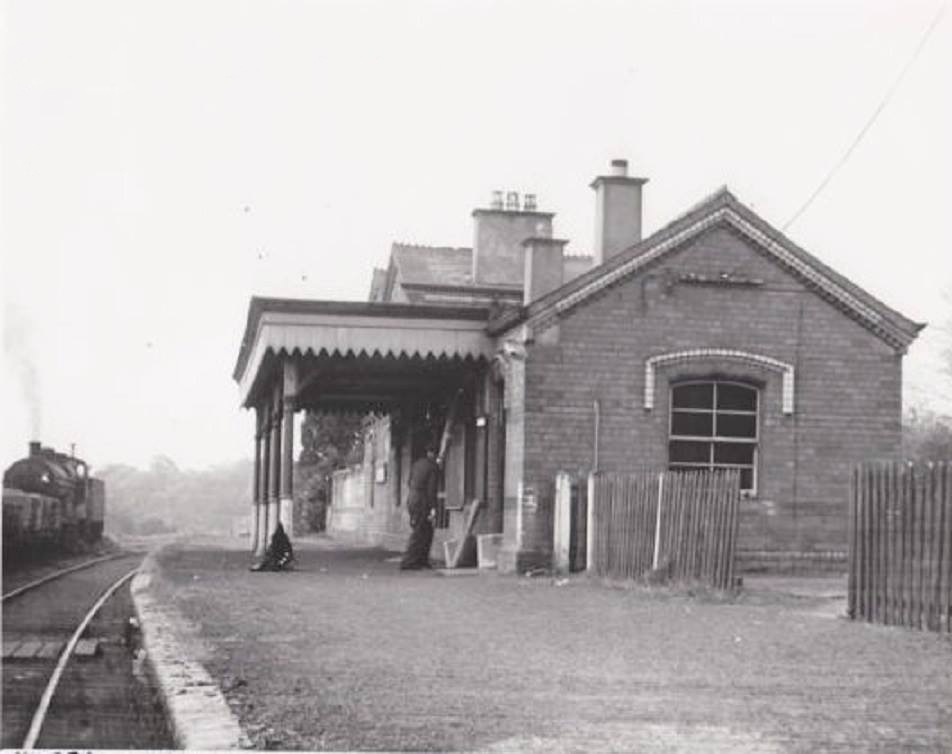
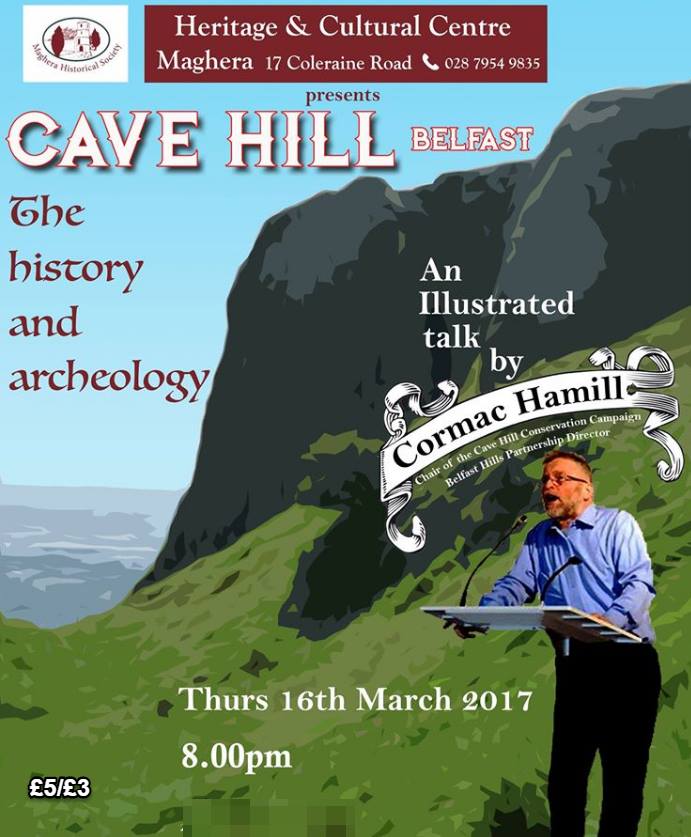 On Thursday 16th March MHS members and guests were privileged to be treated to an unique insight into the geology, archaeology, botany and history of the Cave Hill This was delivered by Cormac Hamill, broadcaster and environmental campaigner. Cormac provided a comprehensive and entertaining exploration of the Cave Hill as he led us from the Basalt origins of the area to the present day hill with its five natural caves. In recent years, Cormac has been to the forefront in campaigning for the preservation of this natural treasure.
On Thursday 16th March MHS members and guests were privileged to be treated to an unique insight into the geology, archaeology, botany and history of the Cave Hill This was delivered by Cormac Hamill, broadcaster and environmental campaigner. Cormac provided a comprehensive and entertaining exploration of the Cave Hill as he led us from the Basalt origins of the area to the present day hill with its five natural caves. In recent years, Cormac has been to the forefront in campaigning for the preservation of this natural treasure.
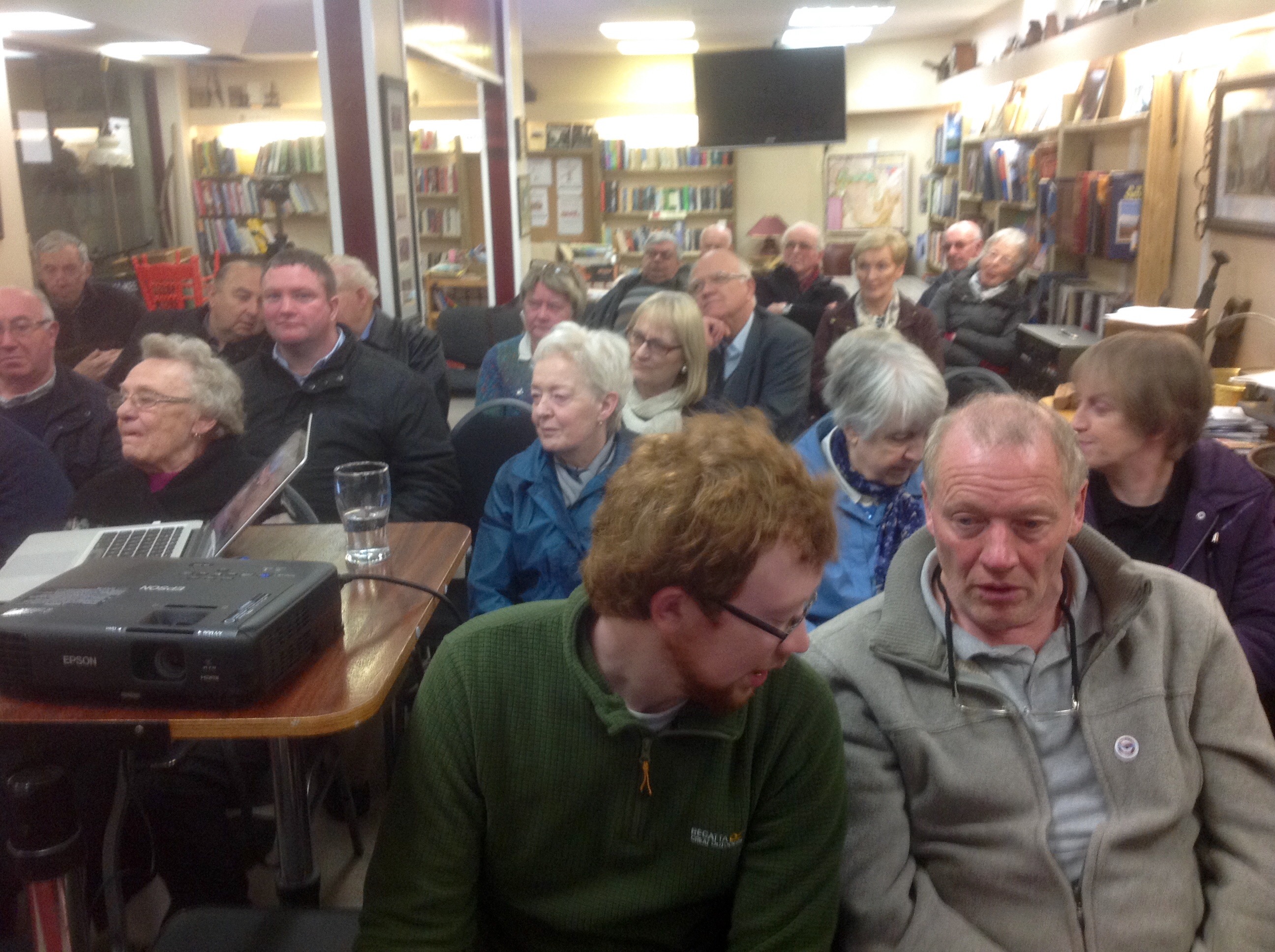

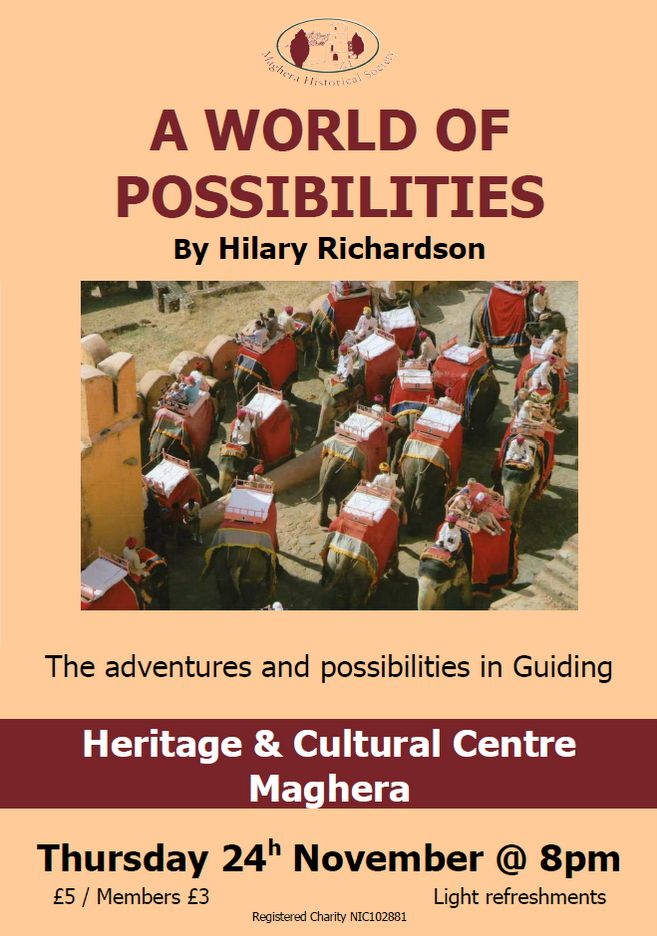 On 24th November 2016 in the Heritage & Cultural Centre Hilary Richardson, who has been involved in Guiding for over fifty years, shared her experiences with us. Hilary spoke about the opportunities guiding afforded her for travel in Europe, India and South America. This interesting, informative and well-illustrated talk showed us the value of the guiding movement as well as giving us an insight into other cultures and ways of life.
On 24th November 2016 in the Heritage & Cultural Centre Hilary Richardson, who has been involved in Guiding for over fifty years, shared her experiences with us. Hilary spoke about the opportunities guiding afforded her for travel in Europe, India and South America. This interesting, informative and well-illustrated talk showed us the value of the guiding movement as well as giving us an insight into other cultures and ways of life.